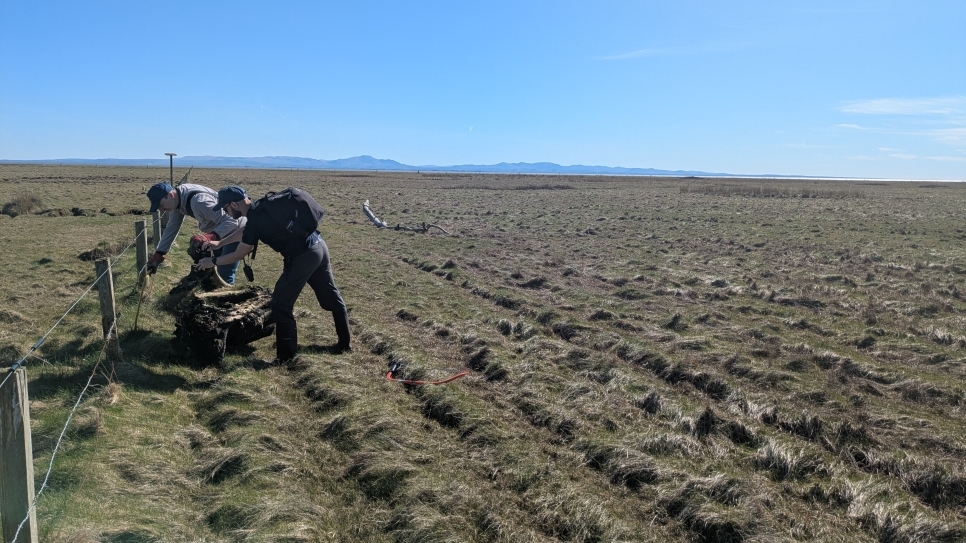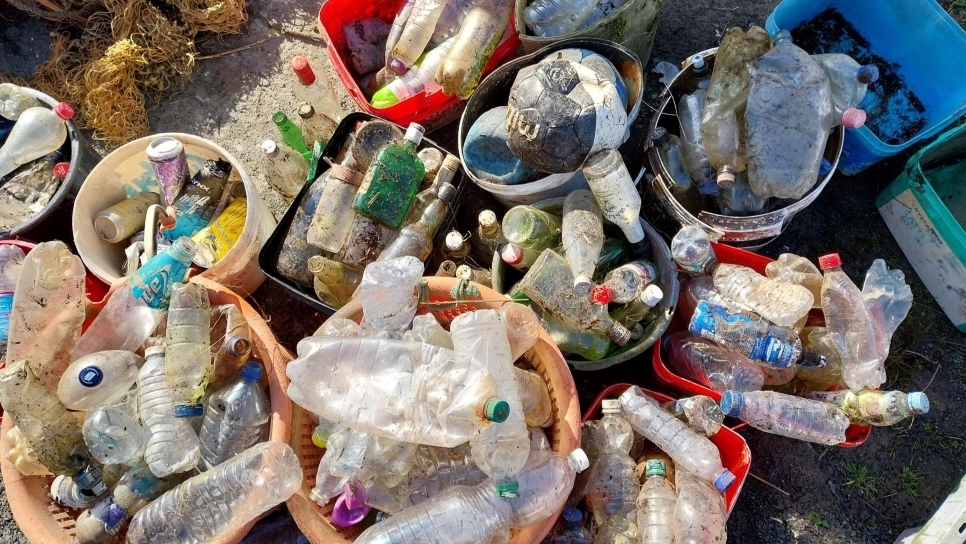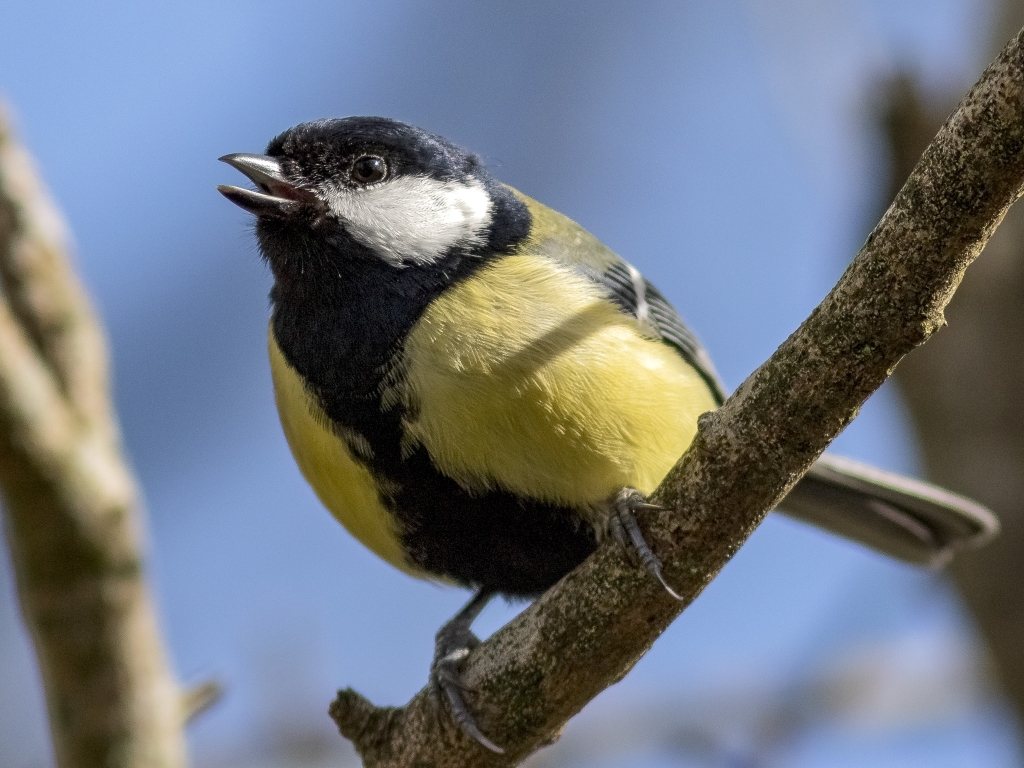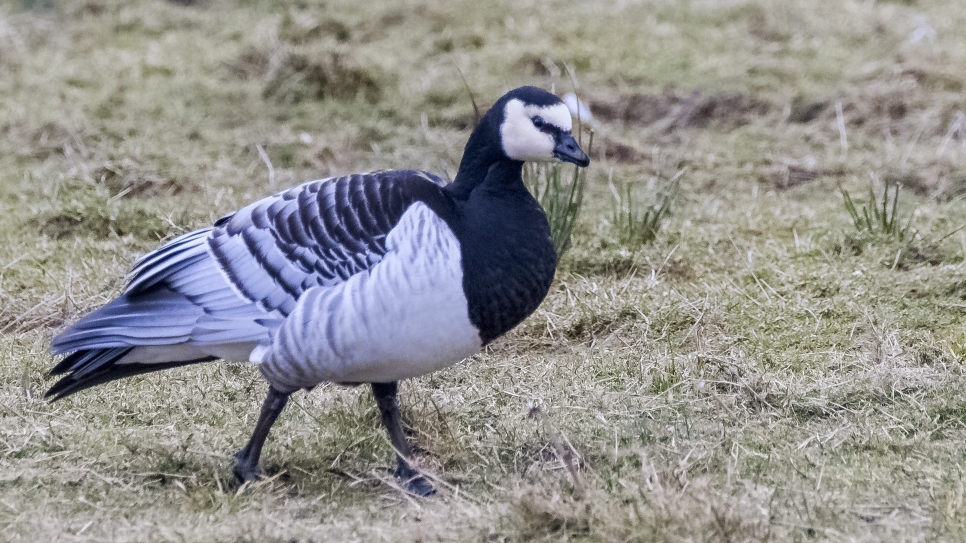Making water do more
For hundreds of years, farming the land around Caerlaverock meant trying to get the water off the land as fast as feasible.
Being flat land, the water didn’t flow off quickly and filled up the water table but waterlogged land is no good for growing crops or keeping stock. This meant that huge amounts of work went into getting the water to move off the land as quick as possible. Ditches were dug, streams straightened, peat cleared. Miles of clay drains were installed under the ground and floodbanks were built to keep the seawater off. In places drains became blocked so even bigger ones were installed. Ditches silted up and were dug out deeper. Floodbanks were breached by high tides and were patched or made higher. All of the above needed constant, costly maintenance.
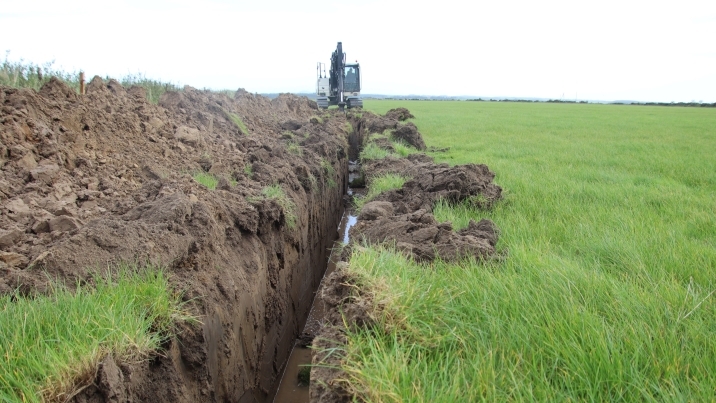
It took a lot of work to change the land from what it was naturally trying to be. However wetlands (that is wet lands) are important too: important for wildlife and people plus also helping to clean water, buffer from flooding and lock up carbon. Caerlaverock is a wetland nature reserve with lots of wet bits but we have just started work to make it a bit wetter and undo some of the historical work that tried to get rid of the water.
To create wetlands, we need to hold onto the water for longer, bring it to the surface and make it more available for wildlife to use. As part Wilder, Wetter Caerlaverock (a project supported by the Scottish Government’s Nature Restoration Fund, managed by NatureScot) this week a digger started breaking up some of the clay drains in some of the Eastpark fields. The idea is to slow down that water flowing off the site and hold on to it longer. By cutting slot trenches around the edges of some of the fields and then packing the earth back in, we aim to block the deep clay pipes that are draining the fields. The results we hope to see are winter pools of water staying longer into the spring and summer offering feeding and nesting places for a wider range of birds and invertebrates, and maybe even natterjack toads.
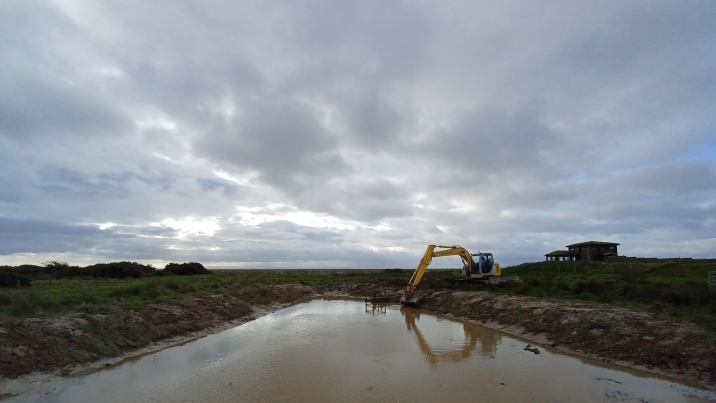
It certainly isn’t an exact science and we will be learning as we go but we hope over time to see a gradual change with the lower lying parts of the fields looking wetter while the higher bits still staying grassy for the geese. In the end, it will be the wildlife that lets us know whether we have been successful.
Words and pictures by David Pickett
